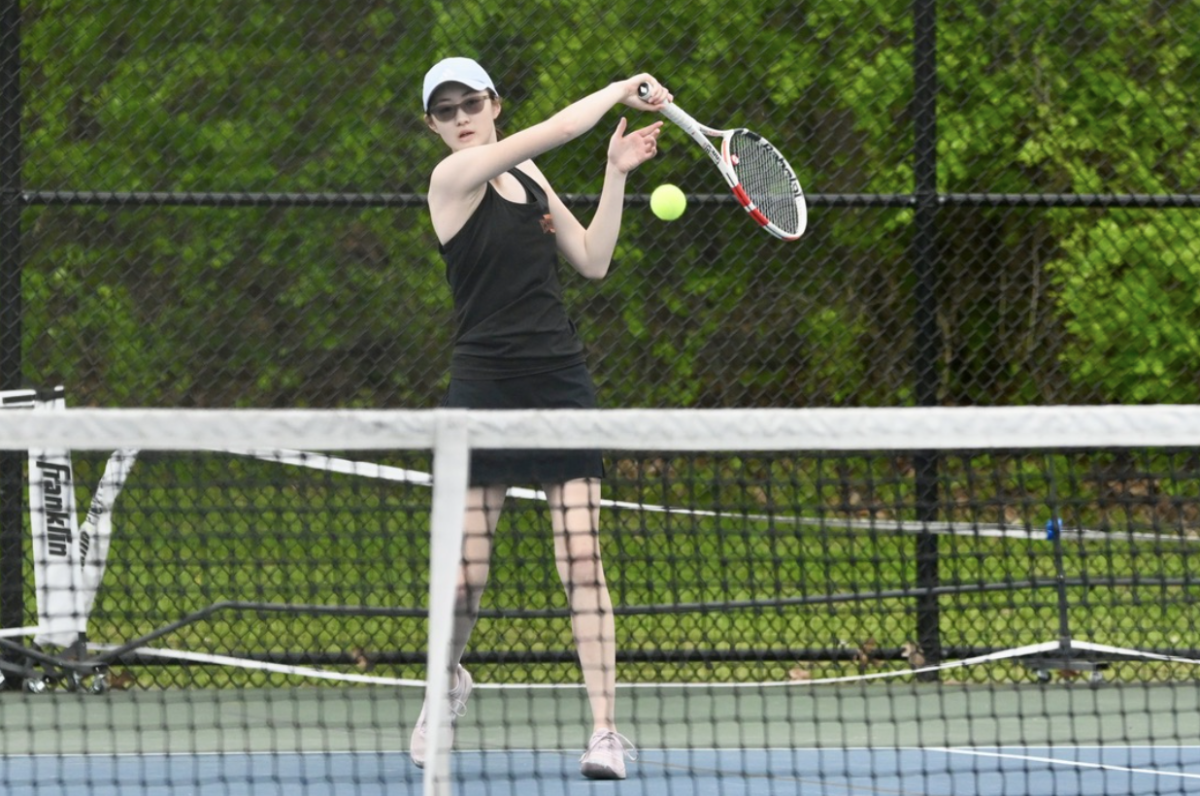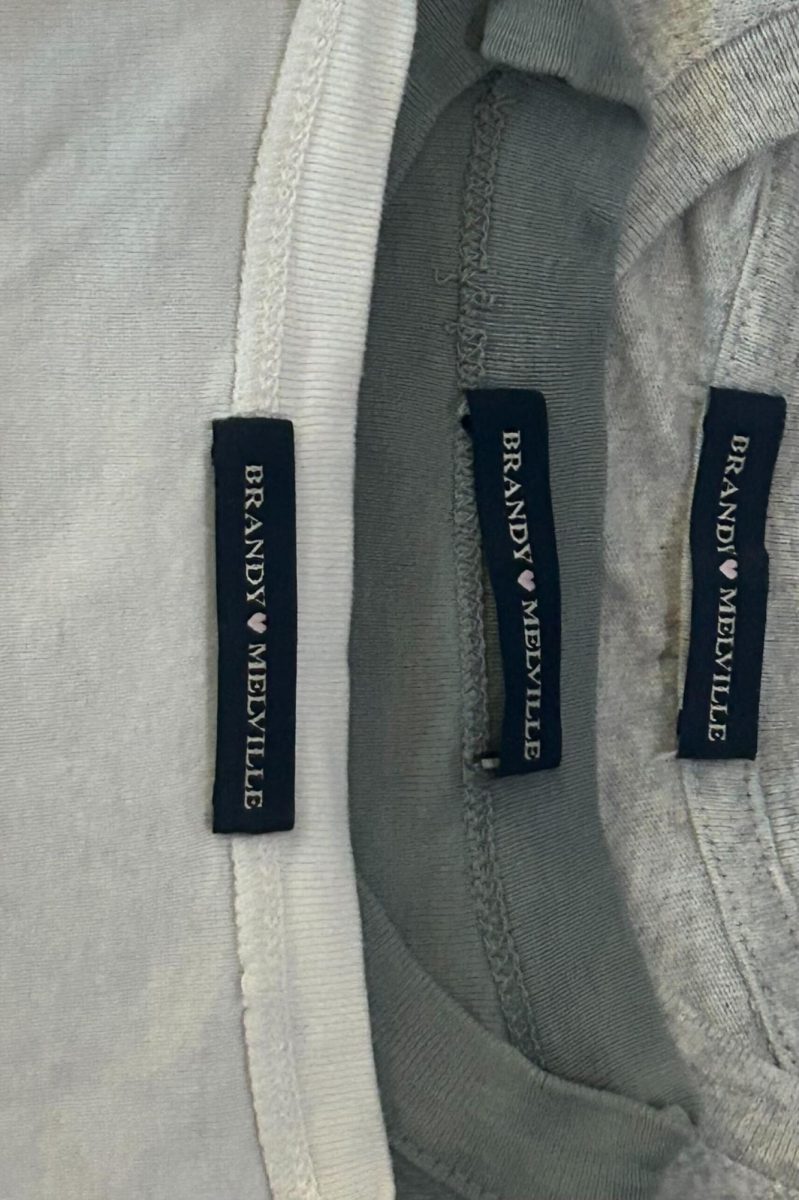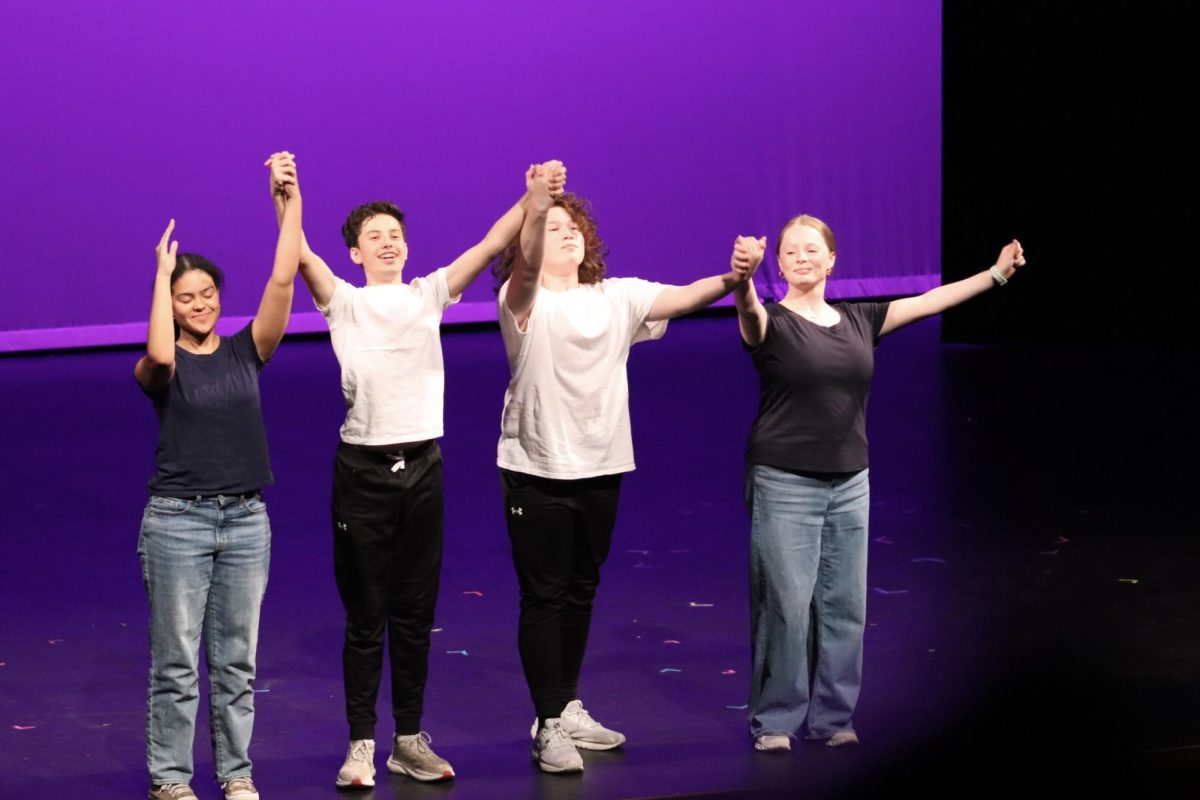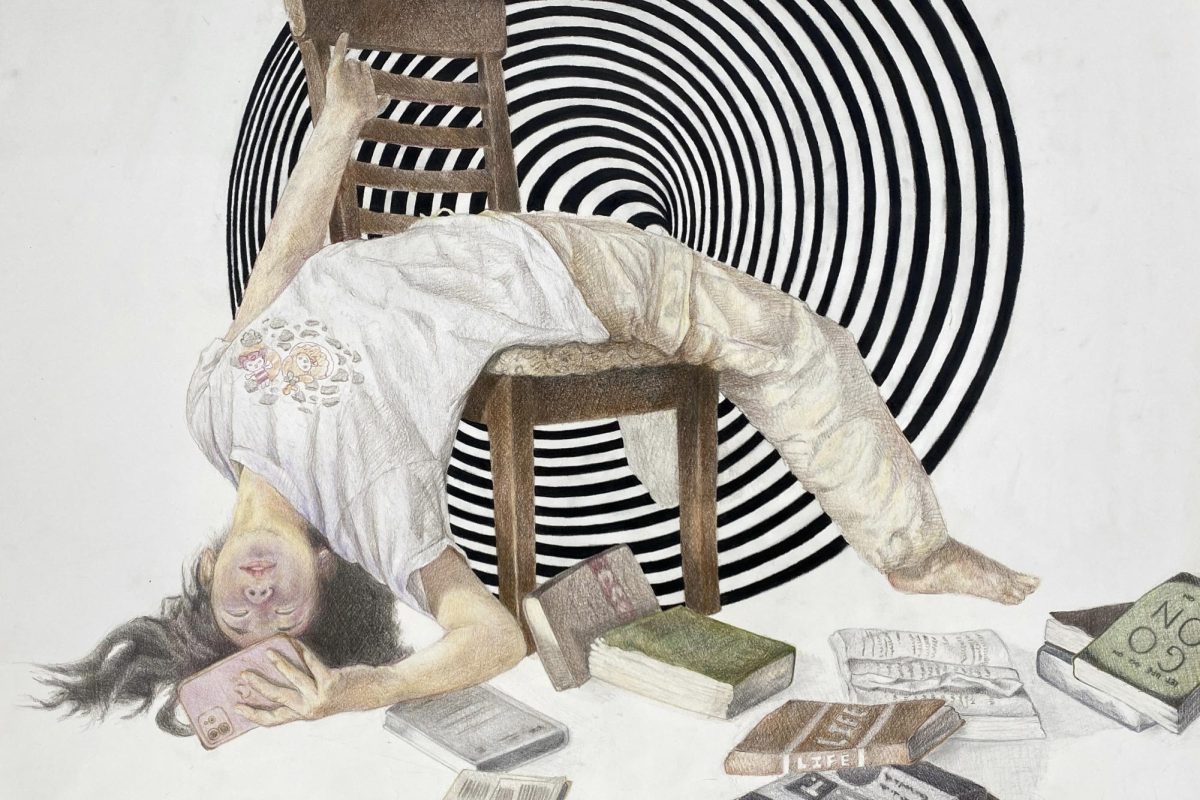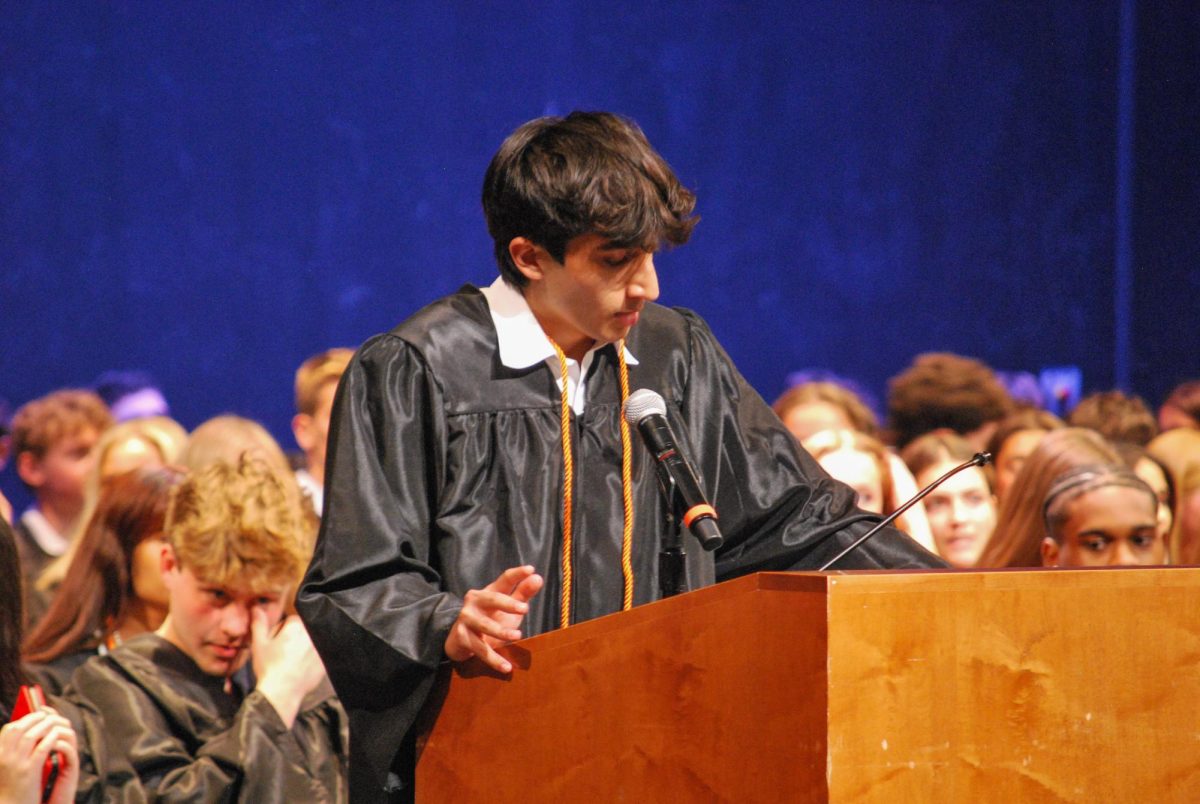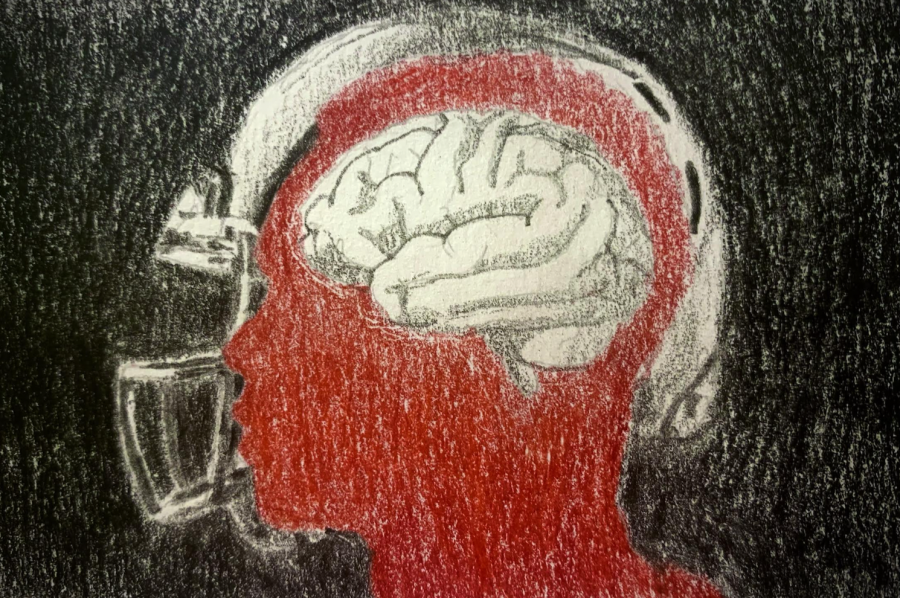Opinion: Hey NFL, brain health matters
Credit: Alyssa Ao
WSPN’s Emily Roberge discusses the greater implications of Tua Tagovailoa’s head injury and what it means for the NFL’s concussion protocol.
October 18, 2022
NFL organizations have swept another systemic issue under the rug. Shame on the Miami Dolphins. Head protection is not an issue to play around with, and it’s about time that teams prioritized their players’ health over their season records.
While discussions over head protection have always been a debate, it was Miami Dolphins quarterback Tua Tagovailoa’s head injury that brought the conversation to the spotlight. On Sept. 25, Tagovailoa hit his head after falling backwards onto the turf. Wobbling off the field, Tagovailoa could hardly walk, grabbing the ground for balance. It seemed obvious that he had a concussion.
Except, the Dolphins wouldn’t buy it. Following an announcement that he passed the NFL’s concussion protocol, he returned to the field for Miami’s opening drive of the second half. According to Dolphins head coach Mike McDaniels, Tagovailoa suffered solely a back injury, which caused him to stumble. All concerns seemed to vanish as the Dolphins narrowly defeated the Bills, one of the Super Bowl favorites, with a 21-19 win. For the first time since 2018, the season looked to be off to a great start as the Dolphins remained on top at 3-0.
But not so fast. Four days later, the Dolphins arrived at Paycor Stadium to take on the reigning AFC Champions, the Cincinnati Bengals. Tagovailoa should have been walking off the field victorious. Instead, he ended up being carted off on a stretcher.
What enrages fans was not the actual hit Tagovailoa endured, but rather the irresponsibility of the Dolphin’s team doctors and organization for letting the quarterback back on the field after the hit during the previous game. After being hit during the Bengals game, Tagovailoa passed out. Videos circulated the internet of the quarterback on the field in a fencing position, which is a neurological response to a head injury resulting in unnatural placement of the arms.
While Tagovailoa might have downplayed his symptoms following the game against Buffalo, the real issue remains within the hands of league executives and doctors who have created vague concussion protocols. The Dolphins doctor who administered Tagovailoa’s concussion protocol has been dismissed. Following criticism, the league and the union added the word “ataxia” to the list of concussion symptoms, which is defined as the “abnormality of balance/stability, motor coordination, or dysfunctional speech caused by a neurological issue.” I’m no doctor, but that sounds like a symptom that should have been a part of the concussion protocol years ago.
“The Protocol exists to establish a high standard of concussion care for each player,” the NFL league and players’ union said in response to the recent changes in the concussion protocol. “Every medical professional engages in a medical and rigorous examination of the player-patent. Our Protocol reflects the intended conservative approach to evaluating player-patients for potential head injuries.” So, why is this not the case for Tagovailoa?
I’d be naive to think that NFL players can be completely protected from concussions. Players know what they are getting themselves into when they sign up to play. Let’s be clear. Football is not football without aggressive behavior, tackling and pig piles. That’s what keeps the game entertaining and keeps the fans coming back. Whether we like to think about it or not, football itself is the least important part.
One or two seasons of glory and a few Super Bowl rings doesn’t matter in the grand scheme of things. But brain health does. And we are just beginning to understand the impact of football on deceased player’s brains. A 2017 study published in the Journal of the American Medical Association found that 99% of deceased NFL players who donated their brains for scientific research showed signs of chronic traumatic encephalopathy, commonly known as CTE.
NFL players accept the risks of the sport. They follow their dream, and love what they do, and I admire them for that. However, the league’s organizations should do everything they can to limit the head trauma to their athletes. In the handling of Tagovailoa’s injury, the Dolphins doctors and coaching staff did the exact opposite of that.
Don’t get me wrong, the league has made drastic strides in improving head protections for its players by creating state of the art helmets and gadgets. But more has to be done. I think of the NFL as reactive, rather than proactive, when it comes to dealing with systemic issues. Hopefully, from now on, I’m wrong.

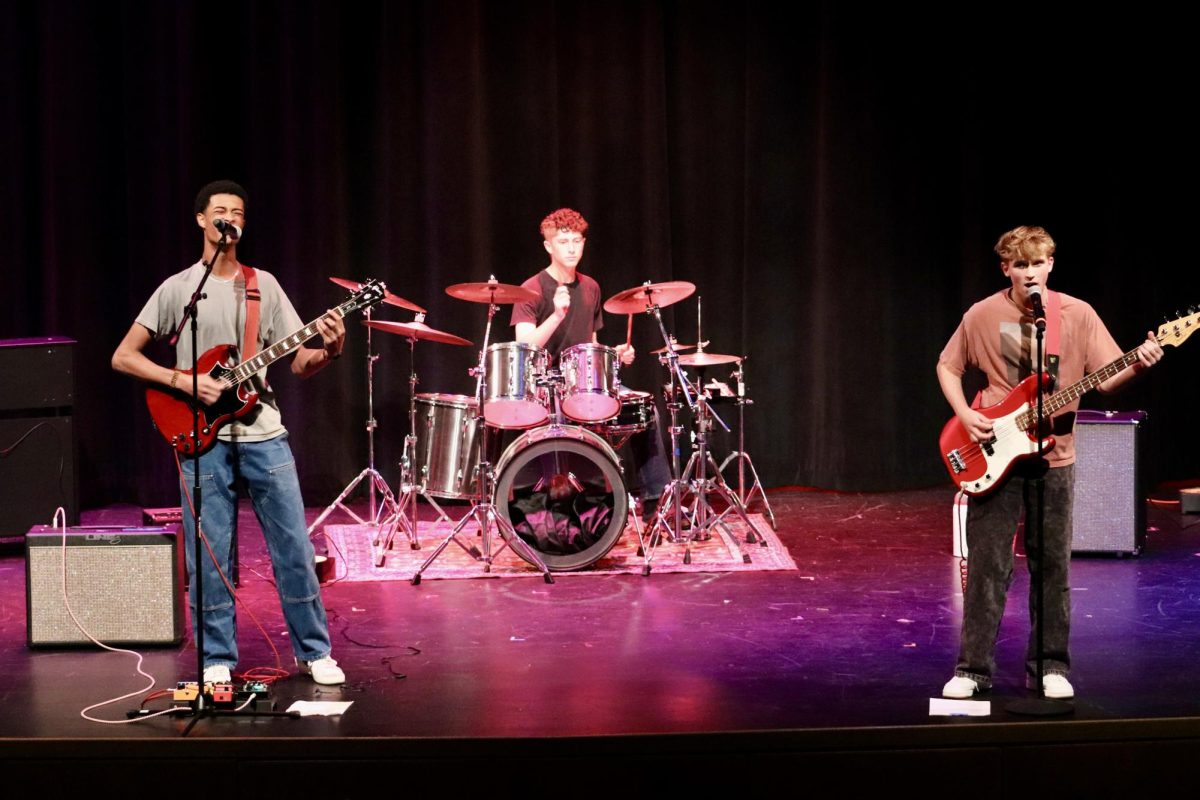



![Last Wednesday, the Wayland School Committee gathered to discuss a number of topics regarding the health curriculum and Innovation Career Pathway course. Another large topic of conversation was the ways to potentially mitigate distracting cell phone usage. "These [phones] are going to distract your learning and social relationships," Superintendent David Fleishman said. "That's concrete right there."](https://waylandstudentpress.com/wp-content/uploads/2025/06/Screenshot-2025-06-04-at-9.49.31 PM-1200x886.png)





